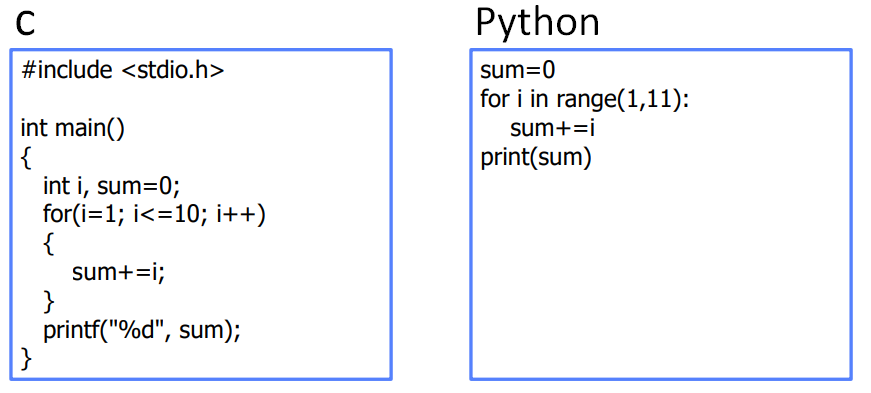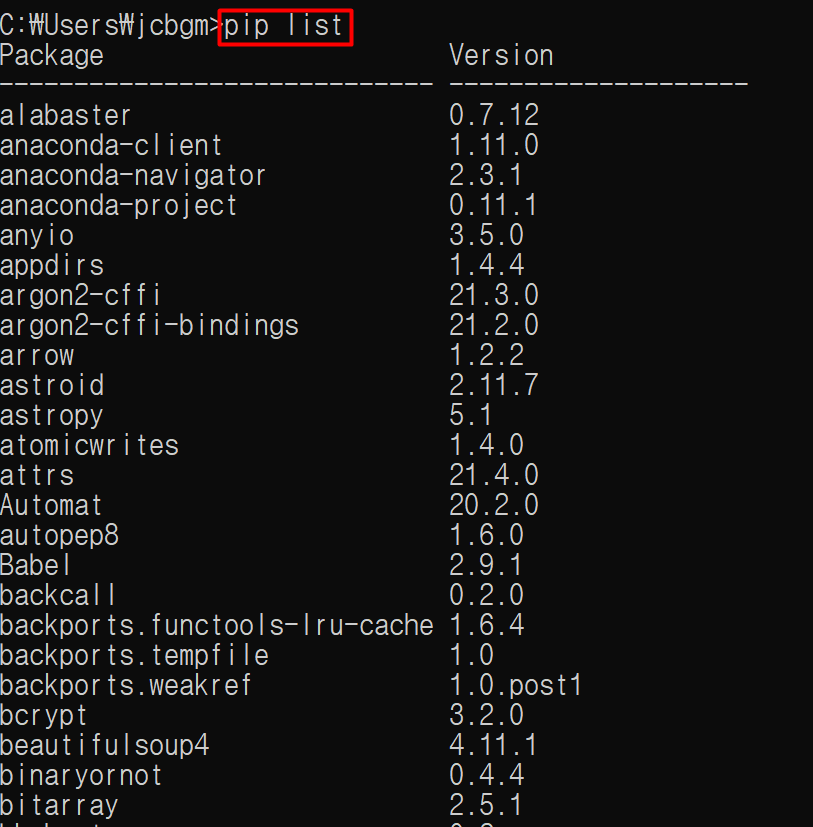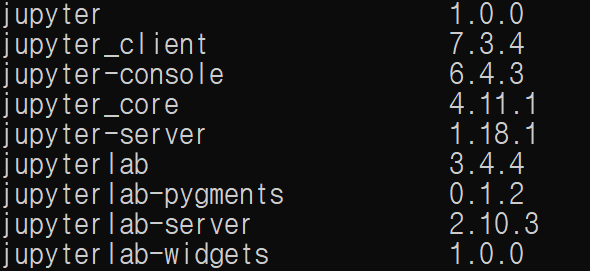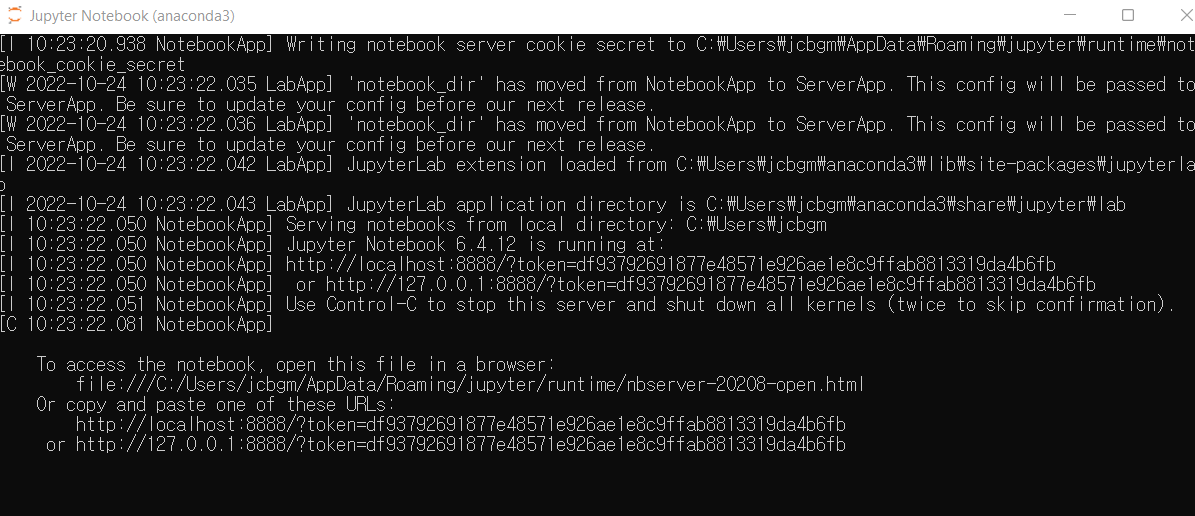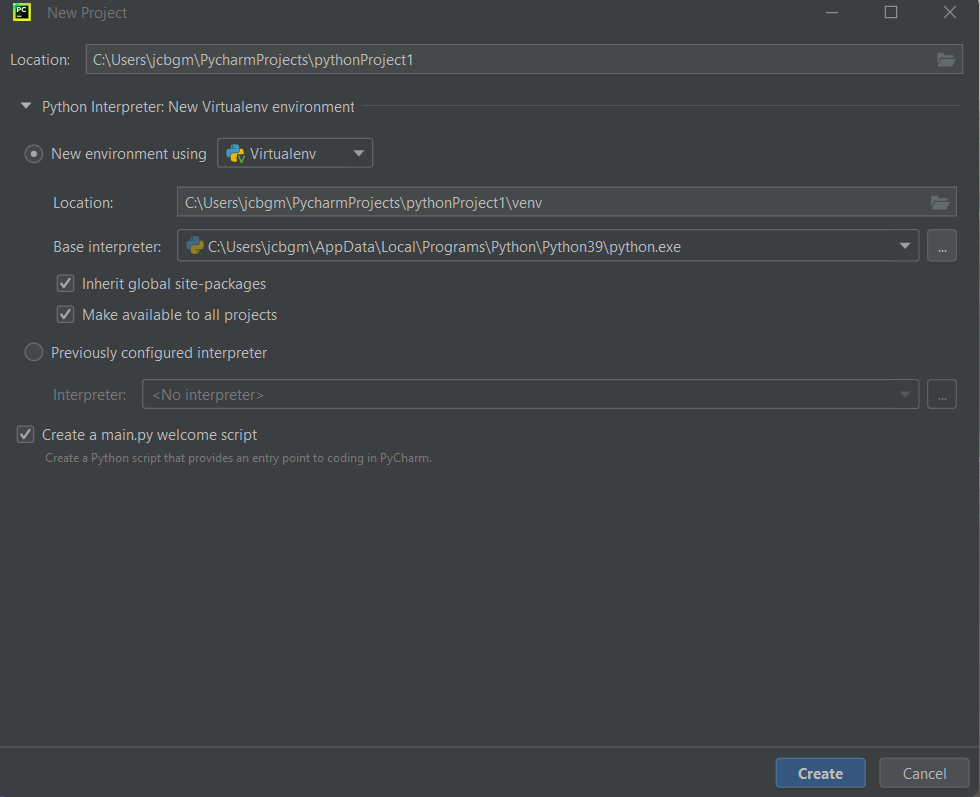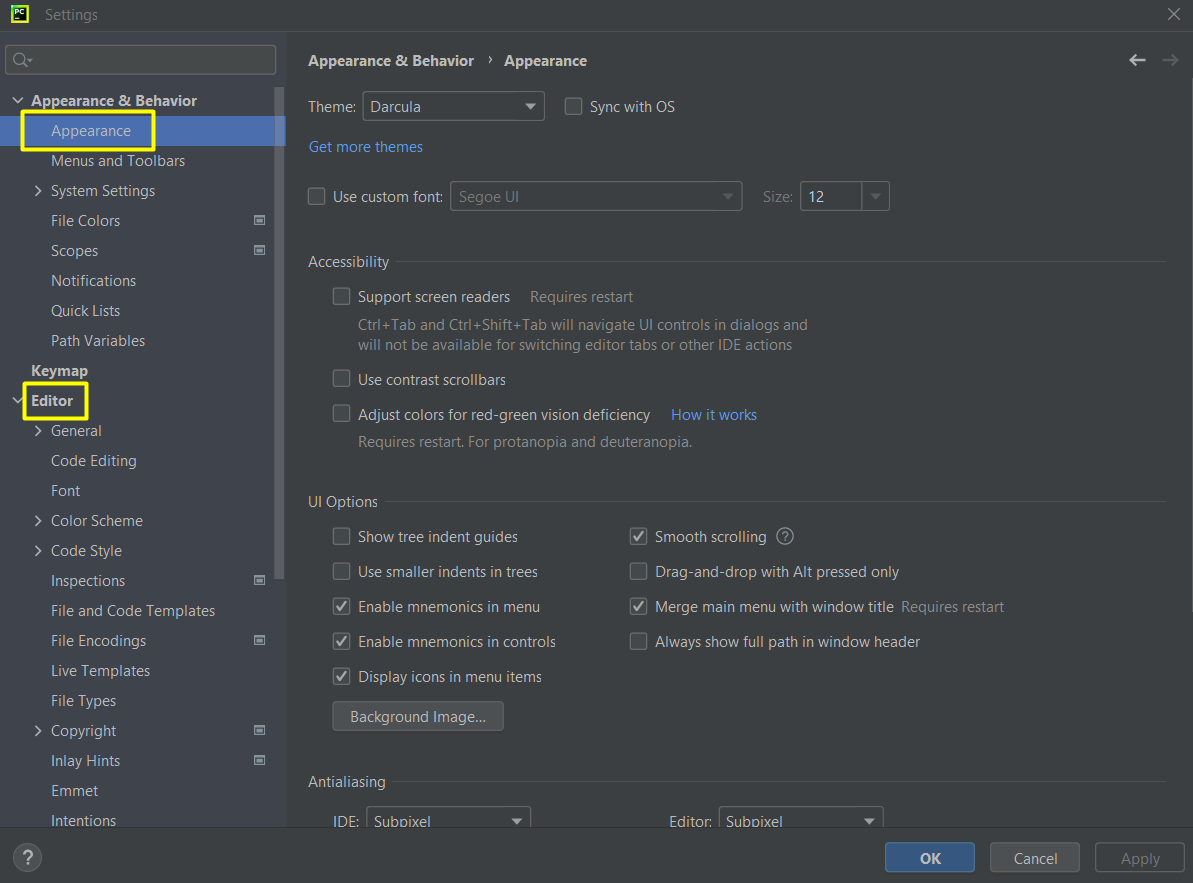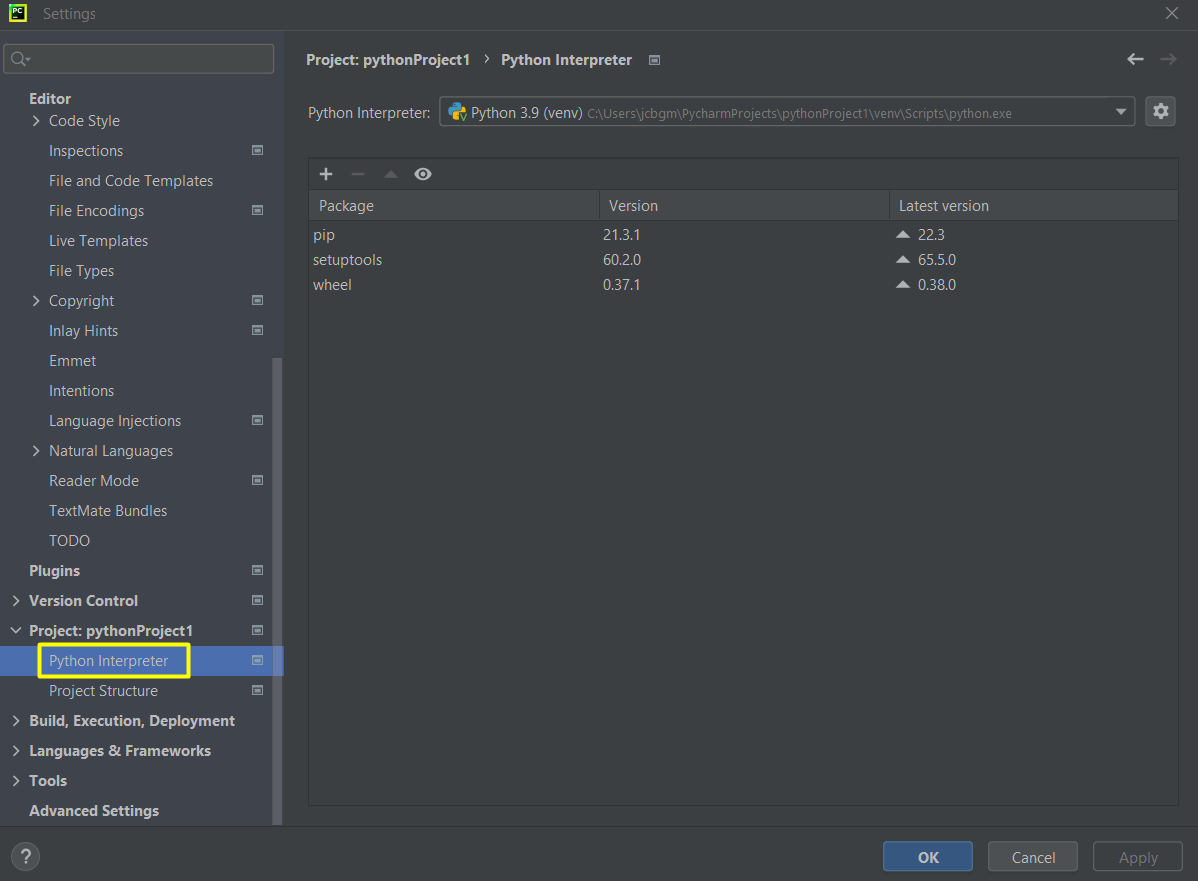Tuple()
Tuple is what only Python has.
It is similar to lists, but there are a few differences.
Your use () instead of [], and once you put the data in the tuple, the data cannot be edited. As lists, you can mix different datatypes in the tuples.
Example1
t1 = () # An empty tuple
t2 = (1,)
t3 = (1,2,3)
t4 = 1, 2, 3
t5 = (30, 3.14, True, False, 'python')
# t5[1] = 42.195 # error: tuple cannot be edited.
t6 = ('a', 'b', 'c', ('ab', 'cd'))
print(type(t1)) # <class 'tuple'>
print(type(t2)) # <class 'tuple'>
print(type(t4)) # <class 'tuple'>
print('t1:', t1)
print('t2:', t2)
print('t3:', t3)
print('t4:', t4)
print('t5:', t5)
print('t6:', t6)
indexing
t1 = (1, 2, 'a', 'b')
print(t1[0]) # 1
print(t1[1]) # 2
print(t1[2]) # a
print(t1[3]) # b
print(t1[-1]) # b
slicing
# [ start index : end index ]
t2 = (10, 20, 30, 40, 50)
print(t2[1:3]) # 1 - 2 : (20, 30)
print(t2[ :4]) # 0 - 3 : (10, 20, 30, 40)
print(t2[1:]) # 1 - end : (20, 30, 40, 50)
add
print(t1 + t2) # (1, 2, 'a', 'b', 10, 20, 30, 40, 50)
print(t2 + t1) # (10, 20, 30, 40, 50, 1, 2, 'a', 'b')
multiply
print(t2 * 3) # (10, 20, 30, 40, 50, 10, 20, 30, 40, 50, 10, 20, 30, 40, 50)
len() with tuple
t1 = (10, 20, 30, 40, 50)
print(len(t1)) # len : 5
print(t1) # (10, 20, 30, 40, 50)
count() with tuple
t2 = (1,100,2,100,3,100,4,100,5,100)
print(t2.count(100))
index() with tuple
t3 = ('java','jsp','python','spring','R','tensorflow','keras')
print(t3.index('spring'))
tuple packing
To bind multiple data into the tuple
t1 = 10, 20, 30
print(type(t1)) # <class 'tuple'>
print(t1) # (10, 20, 30)
tuple unpacking
10 -> one / 20 -> two / 30 -> three
one, two, three = t1
print('one:', one) # 10
print('two:', two) # 20
print('three:', three) # 30
set()
You can't save overlapped data in set(). It is not an ordered data structure so you can't print the data out in order.
s1 = set([1,2,3,4])
print(type(s1)) # <class 'set'>
print(s1) # {1, 2, 3, 4}
s2 = set('Hello')
print(type(s2)) # <class 'set'>
print(s2) # {'e', 'H', 'o', 'l'}
set() -> list()
list1 = list(s3)
print(type(list1)) # <class 'list'>
print(list1) # [1, 2, 3]
print(list1[0]) # 1
print(list1[1]) # 2
print(list1[2]) # 3
set() -> tuple()
t1 = tuple(s3)
print(type(t1)) # <class 'tuple'>
print(t1) # (1, 2, 3)
print(t1[0]) # 1
print(t1[1]) # 2
print(t1[2]) # 3
intersection(), union(), and difference()
s1 = set([1,2,3,4,5,6])
s2 = set([4,5,6,7,8,9])
# 1. intersection()
print(s1 & s2) # {4, 5, 6}
print(s1.intersection(s2)) # {4, 5, 6}
# 2. union()
print(s1 | s2) # {1, 2, 3, 4, 5, 6, 7, 8, 9}
print(s1.union(s2)) # {1, 2, 3, 4, 5, 6, 7, 8, 9}
# 3. difference()
print(s1 - s2) # {1, 2, 3}
print(s1.difference(s2)) # {1, 2, 3}
print(s2 - s1) # {8, 9, 7}
print(s2.difference(s1)) # {8, 9, 7}
add(), update(), and remove()
# 1. add()
s1 = set([1, 2, 3])
s1.add(3) # Overlapped data cannot be saved.
s1.add(4)
# s1.add([4, 5]) # Only one data can be saved.
print(s1) # {1, 2, 3, 4}
# 2. update() : to add multiple data
s2 = set([1, 2, 3])
s2.update([4, 5, 6])
print(s2) # {1, 2, 3, 4, 5, 6}
# 3. remove()
s3 = set([1, 2, 3])
s3.remove(2)
s3.remove(3)
print(s3) # {1}












































